Building a habit of practicing yoga is health-beneficial and relaxing. This activity helps participants keep fit, get rid of stress, and improve health standards.
If you are new to this type of exercise, you can begin with the typical poses, including lizard pose yoga, also known as Utthan Pristhasana. Although this posture is popular, a lot of people are having trouble doing it.
This article will provide a comprehensive understanding of Utthan Pristhasana’s posture and point out the common mistakes with useful tips attached.
Overview About Lizard Pose Yoga
What Is Lizard Pose Yoga?
Lizard pose Sanskrit is a yoga posture with your hip opening. Its definition is the combination of three elements. Utthan means stretching out. Asana equals posture, and Pristha indicates the paper page.
This yoga position offers a great chance for people to enhance their deep and steady breathing and be present in their bodies. People are able to spend a certain amount of time on this posture while allowing gravity to increase the flexibility much more.
There are lizard pose variations available to make this position more adaptable and even more challenging.
Lizard Pose Benefits
This yoga posture offers potential stretch for the hamstrings, hips, hip flexors as well as the grains of participants. At the same time, their front leg’s inner thigh muscles will be strengthened.
Additionally, the gecko pose releases your shoulders, neck, and chest. Yogis consider this yoga posture as a preparatory step for a deeper level of opening hips like Hanuman or Pigeon Pose.
Practicing the Utthan Pristhasana is useful for your mental health as well. It helps ease stress, enhance concentration, release emotion, and progress creativity.
People that have reproductive health symptoms are suggested to apply this yoga posture. It supports the pelvis and lower abdomen’s activation.
Modifications And Variations
In case you are not flexible enough to have a proper position, these are the modifications of Utthan Pristhasana:
- When you bring your opposite foot forward, your knee can be lower to the ground. Otherwise, begin with a down knee and gradually lift it up. Remain at the level of the hips with your shoulders.
- Props can be used as a supporter if your hips are tight. Place a block below your forearms and a rolled-up towel at your back knee to comfort these parts.
- If it is still too intense to come down on a block to your forearms, stay on the palms instead. Keep your arms straight.
Yoga Lizard Pose Variations With Outer Hip
- Keep your forearms on the ground from the original position while flexing your right foot. Then draw the toes toward your shin.
- Start getting your right knee outer and toward the same side before having it rolled to the edge on your right foot’s outside.
- Your foot must be kept flexed in order to preserve your ankle and knee.
Squad Stretch Forms Of Advanced Lizard Pose
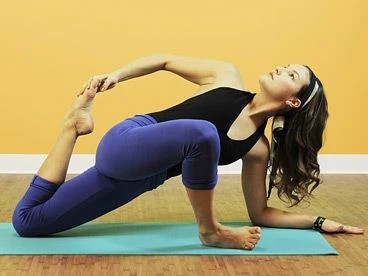
- Follow the steps above to have a posture of outer hip variation. Now your left knee is lower. Reach it back with your opposite side hand and keep holding the foot. Then, draw it towards the buttocks. Your hips will keep on drawing in the same direction.
- Open the breast towards the sky, then lean on the left side.
- Take from five to ten breaths for each stage and return to the Downward Facing Dog Pose.
- Do the same with the opposite side of your body.
Flying Lizard Pose
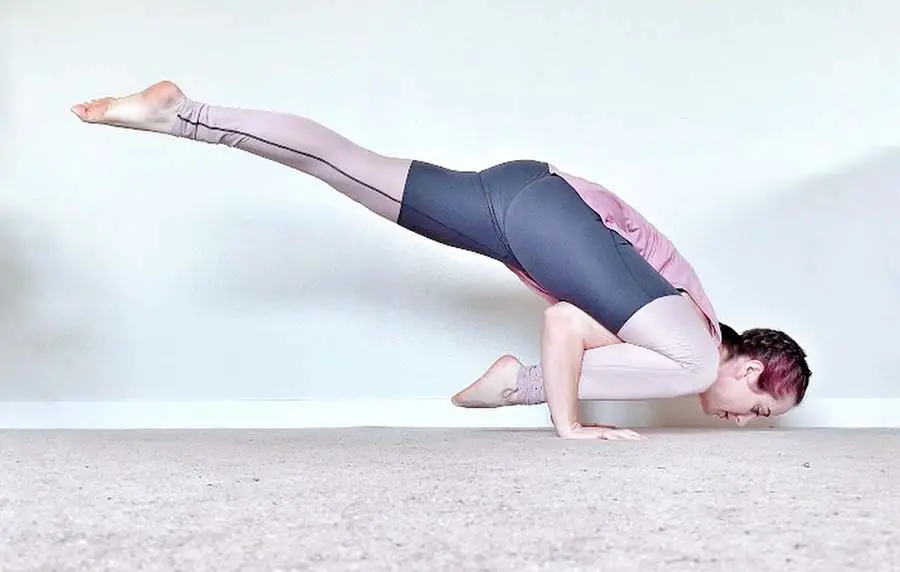
- Step your right foot forward while exhaling when you return to the Downward Facing Dog Pose. Move the right arm behind the same-sided leg concurrently.
- Place your palm on the ground close to the foot. Your right arm must be snuggled underneath the front thigh. Thus, the hamstrings’ top will rest on the shoulder, next to the hip.
- Lift the left foot off the ground as you inhale. Stop moving and take some deep breaths to balance yourself.
- Exhale while lifting the right foot off the previous position.
- Now your hands are carrying your whole weight, stay in this position and have some deep breaths. Your feet must be flexed.
- Exhale while releasing your body slowly. Keep the movements under control.
How To Get Lizard Pose Yoga?
Step-To-Step For Lizard Pose Yoga
Step 1. Start with the Downward Facing Dog pose by placing your hands next to the mat’s short edge. Align your knees right beneath your hips, your hands right beneath the shoulders, and your feet behind the knees. Then inhale.
Step 2. Exhale while lifting your right foot to the outer of your same-sided hand. Make sure that your foot also moves forward, so your toes and fingers are in line. Bend your right knee at an angle of 90 degrees as your toes point out 45 degrees.
Step 3. Inhale while bringing your elbows to the floor. Keep your forearms resting properly on the mat, then spread the palms out on the ground. Your head should be in a relaxed and neutral position.
Step 5. Exhale. In order to keep your leg active, you can press into the heel on the left side. Your hips will not sag toward the ground as well. Stay still and take five deep breaths.
Step 6. Exhale, then release your body slowly. It would help if you gradually straightened your arms as the wrists are beneath your shoulders.
Step 7. Inhale then turn back to the Downward Dog pose at the beginning. Take more breaths and repeat the above steps with the opposite side.
Common Mistakes
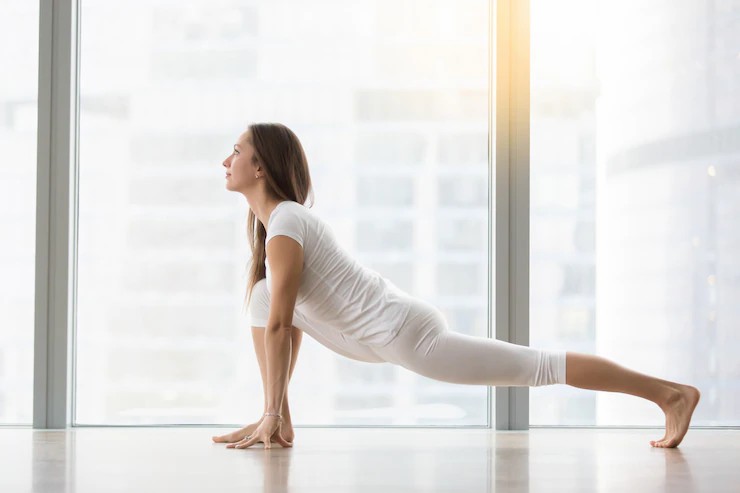
- Off breathing. Some yogis may find it hard to estimate the time for inhaling, exhaling, and holding their breaths.
- Your hips are forced to open. If you do not listen to your body and pass your limits, you will suffer from strain.
- Peer comparison. This habit may create more stress and reduce motivation while you are attending a yoga class with better people surrounding you.
Tips For Lizard Pose Yoga
Follow these tips to get an effective lizard pose:
- You can get more space within the hip joints by angling your toes. Turn the front foot’s toes toward the outer corner of the mat.
- Strongly activate your back and legs before putting the torso’s weight lower down. Have a firm back kick and lift up your thigh bone. Stretch your head’s crown and tailbone back to lengthen the spine.
- Keep your feet at least hip-width from the other on the floor. Thus, you will get a more comfortable feel between the thigh bone and pelvis parts.
- Lower the back knee if you want to create more balance and durability.
Safety and Precautions
The Utthan Pristhasana is not recommended for whoever suffers from back issues, including sciatica. Having an injured hand or wrist will also prevent you from enjoying this posture.
Also, If you have recovered from neck, feet, arms, hips, hands, or knees surgery, you’d better skip this yoga practice.
Finally, when your body is not flexible enough to provide stability in forearms, shoulders, hands, or wrists, you might want to stay away from Utthan Pristhasana.
For women during their pregnancy period, you should go for the modifications of lizard pose based on the expert or trainer’s advice.
Conclusion
That’s all primary information about lizard pose yoga. Although taking part in this exercise is relaxing and benefits your well-being, there are still potential risks if you make the wrong posture.
Follow the provided tips to make sure that you are not in the wrong position of Utthan Pristhasana.
You should also have a clear awareness of your body standard. Then find a more adaptable form of this yoga posture by taking up the modification or variations.
Remember to ask for advice from professionals if you have health issues or surgery recovery.

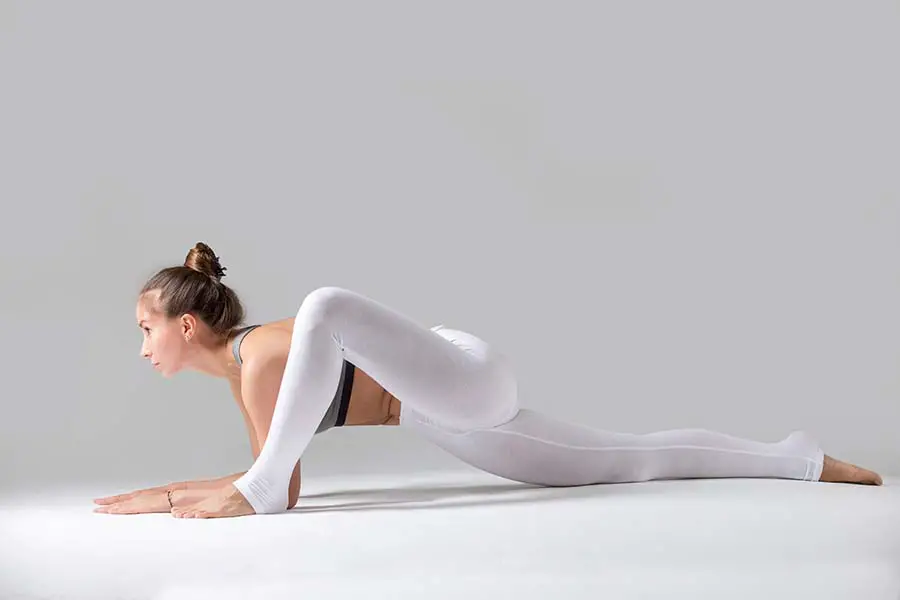
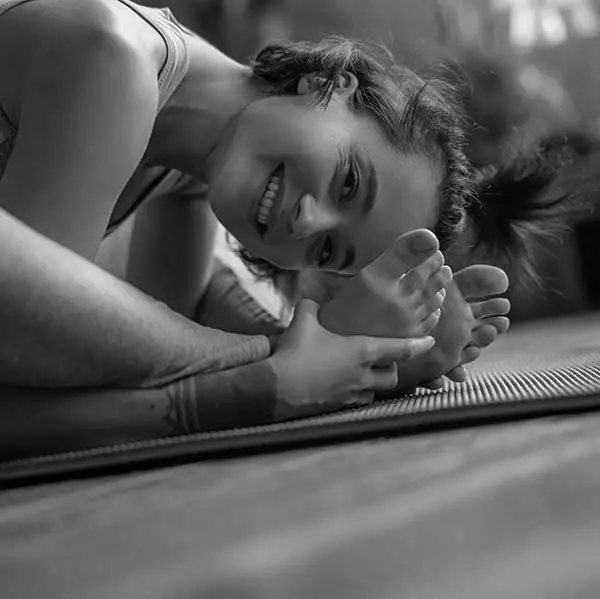

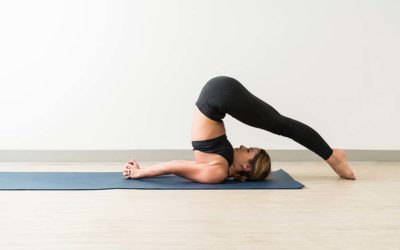


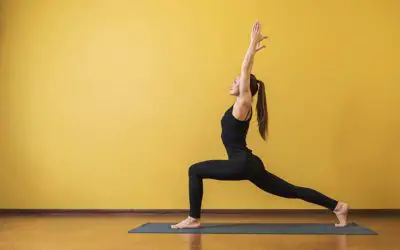

0 Comments